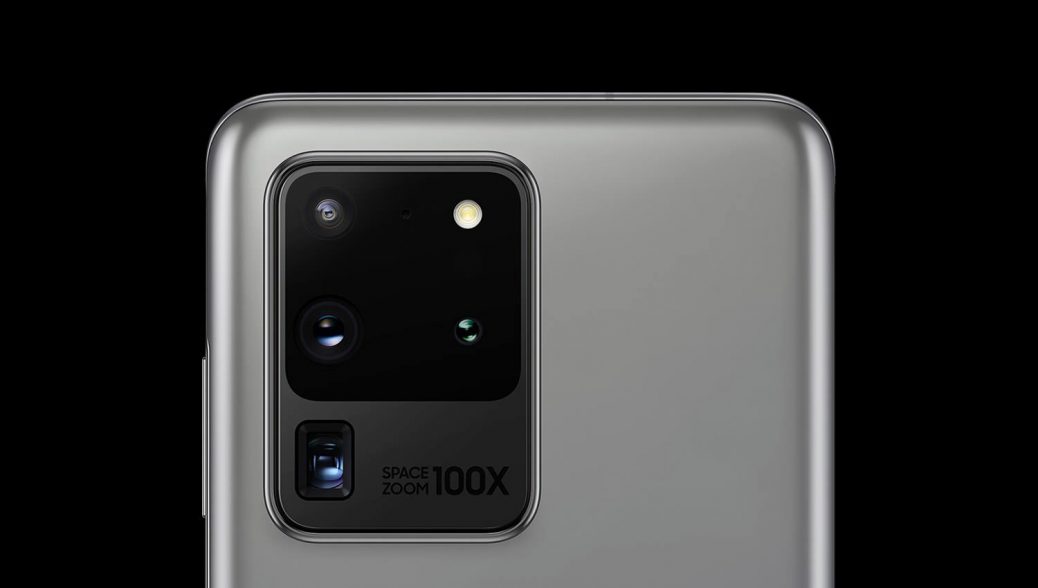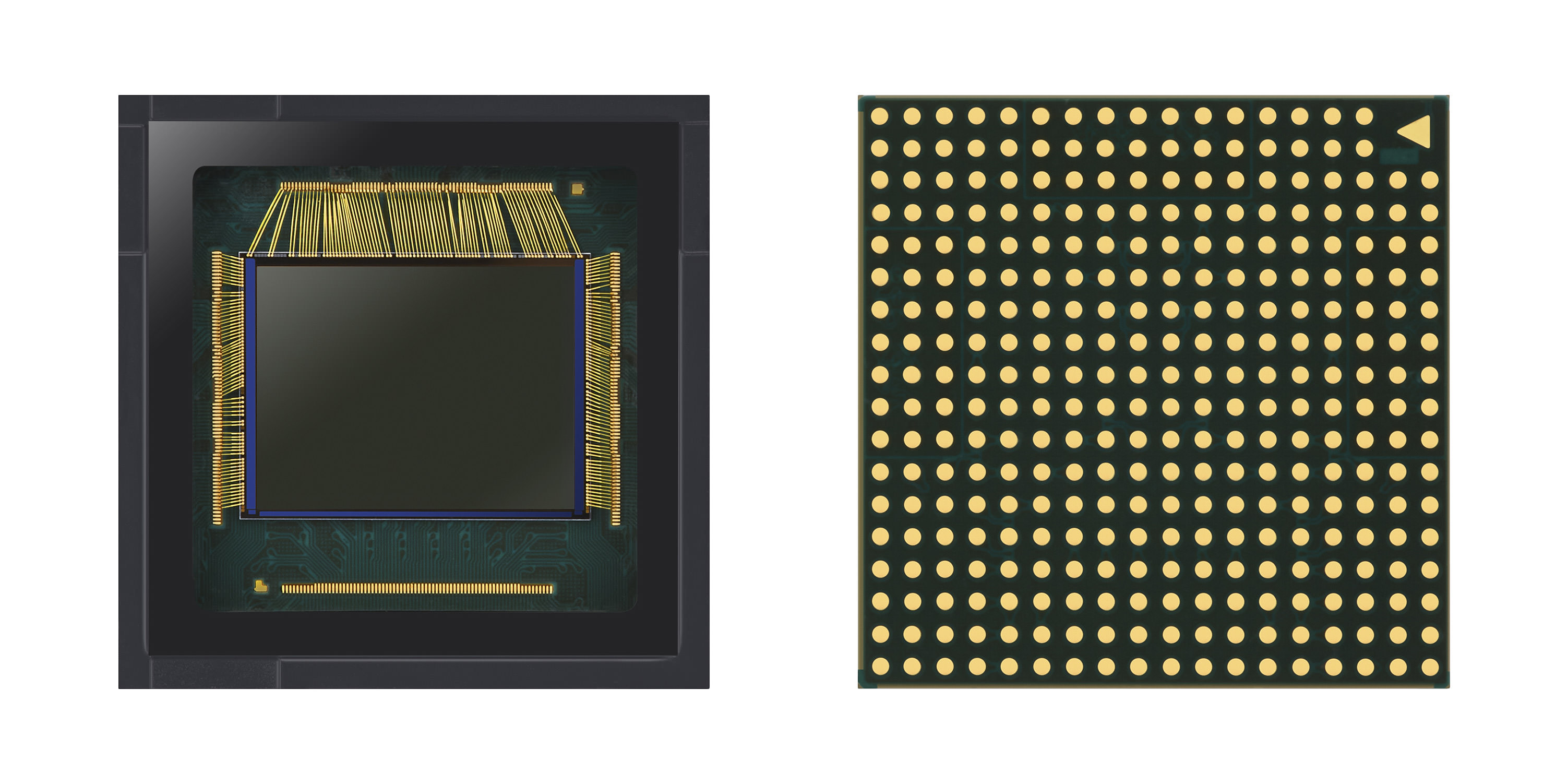Samsung Reveal Details About the 108MP Camera Sensor Tech Packed in the Newly Galaxy S20 Ultra
Samsung has published technical details on the 108MP ISOCELL Bright HM1 ‘Nonacell’ image sensor found in its newly launched Galaxy S20 Ultra smartphone. The image sensor features 108-million 0.8μm pixels and a 1/1.33in size, as well as Smart-ISO and Nonacell technologies to produce what Samsung claims are ‘crystal-clear’ and ‘vivid’ 8K videos and high-resolution images.
“To capture meaningful moments in our lives, Samsung has been driving innovations in pixel and logic technologies that enable ISOCELL image sensors to take astounding photographs even when lighting conditions aren’t ideal,” said Yongin Park, executive vice president of the sensor business at Samsung Electronics. “By adopting Nonacell and Smart-ISO technologies, the 108Mp ISOCELL Bright HM1 helps take vivid high-resolution pictures across a wide range of lighting environments.”
At a 1/1.33” scale with 108-million 0.8μm pixels, the ISOCELL Bright HM1 features the industry’s first state-of-the-art Nonacell technology, which delivers brighter images in low-light settings. In 2017, Samsung introduced Tetracell, a pixel-binning technology with a special two-by-two array that merges four neighboring pixels to work as a single large pixel. Nonacell is an enhanced version of Tetracell with a three-by-three pixel structure. In the HM1, Nonacell merges nine neighboring 0.8μm pixels to mimic a large 2.4μm pixel, more than doubling Tetracell’s light absorption.
As the number of adjoined cells increase, so does color interference, making pixel-binning technologies more challenging, While such difficulties had limited Nonacell to a theory, the HM1 was able to realize the method by adopting Samsung’s ISOCELL Plus technology, which dramatically reduces crosstalk and minimizes optical loss as well as light reflection.
For ultimate results under any lighting condition, the HM1 supplements Nonacell with several other advanced pixel technologies. For example, HM1’s Smart-ISO technology produces vivid and vibrant images by intelligently selecting the optimal ISO. High ISOs are used in darker settings while low ISOs are better for brighter environments to control light saturation.
In challenging mixed-light environments for photo-taking, the HM1’s real-time HDR technology optimizes exposures, producing more natural-looking videos and still photographs. By assigning the most appropriate exposure lengths to each pixel, the HM1 is able to capture scenes in multiple exposures simultaneously, generating HDR images in real-time for both preview and capture modes. For sharper results, the HM1 supports a gyro-based electronic image stabilization (EIS) and Super-PD, an advanced phase detection technology for fast and accurate auto-focus.
The HM1 allows users to preview and capture full shots and close-ups of the subject at up to 3x lossless zoom, preserving the quality of the image. This is made possible by the sensor directly converting the pixels using an embedded hardware IP, rather than having the task delegated to the mobile processor. With 108-million pixels, the sensor is also able to produce images up to 3x zoom at a 12Mp resolution without upscaling.
In addition to the 108MP sensor, the Galaxy S20 Ultra model features a 12MP wide-angle camera and a 48MP telephoto camera, 10x Hybrid Optic Zoom and ‘Super Resolution Zoom’ that uses AI for up to 100x zoom. The model’s ‘selfie’ camera, meanwhile, features a 40MP sensor with the ability to ‘shift’ to 10MP with larger pixels for higher quality images captured in low-light settings.
More info on Samsung’s website.





